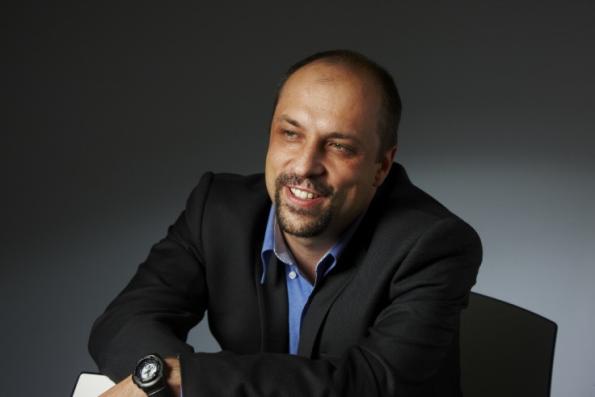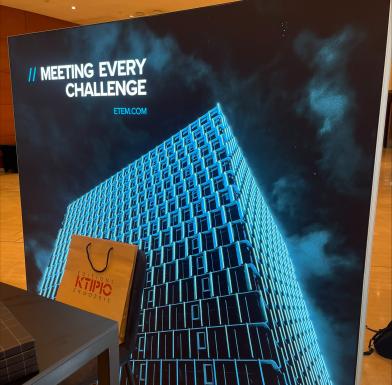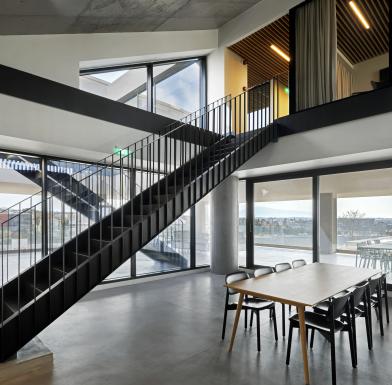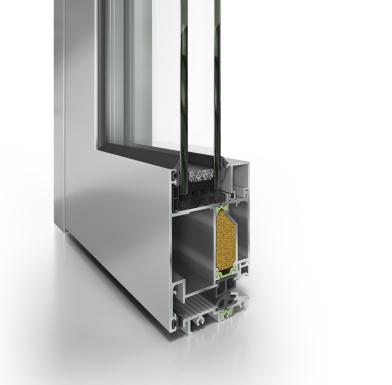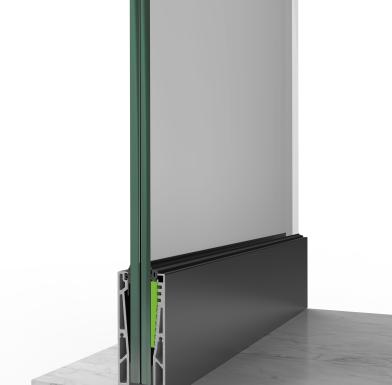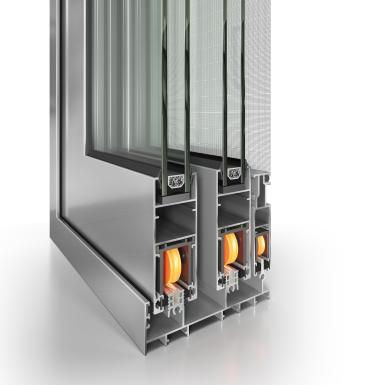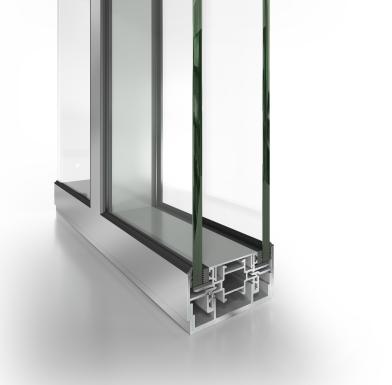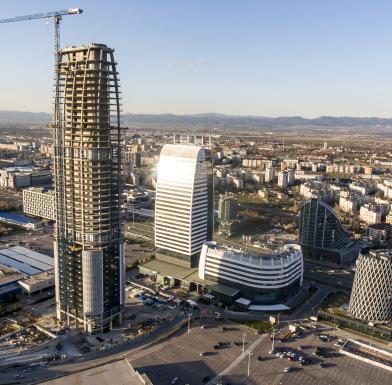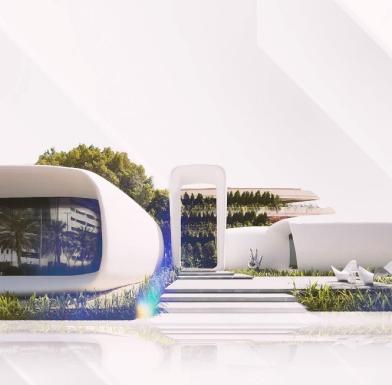5 QUESTIONS ASKED BY ETEM - WE PRESENT YOU DANIEL BOSIA FROM THORNTON TOMASETTI
Mr. Bosia, there are countless thoughts from famous architects who share what architecture means to them. Tell us what architecture means to you?
I am an engineer by profession and I am working in a multinational company. I also have an architectural education, but first of all, I am a structural engineer and as such have worked with many of the famous architects of our time. For me, architecture is the art of bringing ideas and engineering decisions into shape and space, in creating an environment that people can live in harmony with the surrounding world outside. Combining technical skills, even craftsmanship, art, modern innovation is what determines architecture when combined with structural engineering.
Do you have a muse or something that inspires you in your work?
My luck in my career as a structural engineer, working with different architects, is that I am not involved with a particular aesthetic or style, or way of working and I can adapt to different methods in architectural design. Among the architects with whom I collaborated, there were experts in the field of materials and how they can be used in architectural expression. They also are interested in how this material can be effectively used in construction. Other architects are interested in how to shape space in a flexible, dynamic manner and this creates an opportunity for engineers to use these forms and content, to use that complexity, to create a structure, to create an outer coating, shape of the building. Therefore, what inspires me in my work is the cooperation with other designers – together to get to the result that embodies craftsmanship.
Enter the role of the prophet and tell us how you see the future of the city 50 years from now? What will the architecture look like then?
Indeed, the urgency of striving to put much greater engineering efficiency into everything we do, everything we build is a fundamental factor. Therefore, through technology, through investment in construction and design tools and methods, we must be able to create structures and buildings, which have zero carbon footprint and have no negative effect on the environment we inhabit. We will have to look for ways to harness the environment instead of protecting ourselves from the environment. We are looking for ways to use wind, the sun, and other natural elements to generate energy to create passive buildings. Our industry also tends to divide disciplines, to separate the various specialties in construction. We work on structure /construction/ and accordingly, we have a structural engineer; we have a facade and accordingly, we have a facade engineer; we have an architect and we try to combine these specialties. But I think in the future there will be a much more integrated approach in the design, which will lead to a much more efficient method of construction, design, and minimization of materials used.
If you could be remembered with just one of your projects – what would it be?
I have worked on many projects which differently embody some of the principles I have just described. For many years I have worked for high-tech companies like Google, where the introduction of technology and innovation in buildings is a major factor. For example, how the use of a particular technology in the facade can make it more efficient and more responsive to the environment. For example, the headquarters of Google, which is currently under construction, in my opinion, will be an example of such a leap into the future through the introduction of intelligent engineering solutions. This is not just a project that shows us how effective a building can be, but how can we rethink the workplace, for example, to perform other functions, to serve our health and well-being. Projects like this make us think in the long run - for example, we have heard reflections on how planets can be inhabited in the future. So some of these prototype projects have the potential to push the technology forward to the future when we will colonize planets. I say it with a smile, but in my opinion, these are important problems that humanity faces today, both here on earth and in our surrounding universe. And as an engineer, I'm always optimistic that technology will provide us with a solution to the challenges.
What is your favorite book and what are you reading right now?
There are many inspirational books written by engineers who have crossed the line between disciplines, between engineering majors and architecture. I am an ardent supporter of people like Frei Otto. Recently I rediscovered these publications of the Institute he founded - Institute for Lightweight Structures at the University of Stuttgart. Going back to these developments from the '70s, I was inspired by how today we can look for new digital technologies and production methods to create a kind of "space editing method" in the engineering disciplines in the future, as Frei Otto does. He and his school, in particular, аrе experimenting with techniques for physical modeling, to understand the behavior of structures, their functions, and performance. Today, we have digital tools that give us many more opportunities for exploration and innovation. Today we can test digital models that are more flexible, which can easily be enlarged in scale and that gives us much more opportunity. If I have to summarize, the ability to model and simulate the behavior of structures and buildings in real time - this is what modern design tools allow us to do and this must be used in our collaboration with architects.
